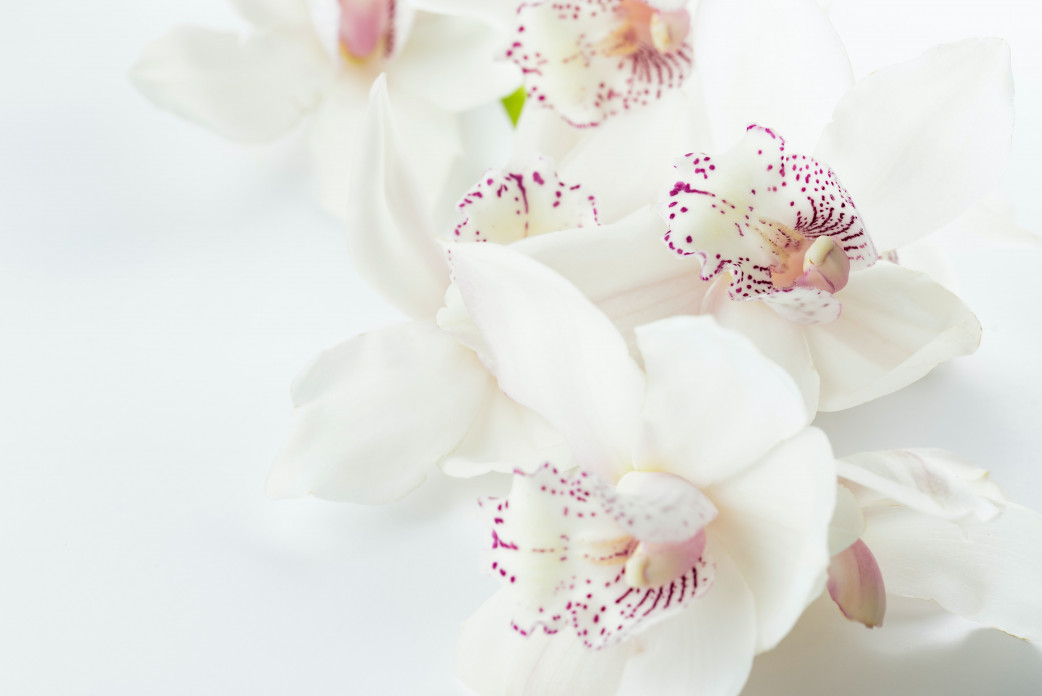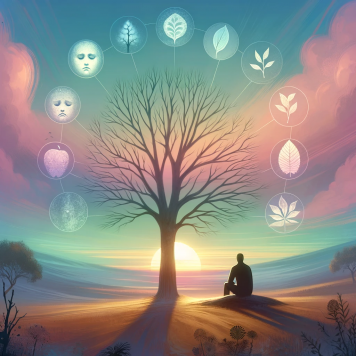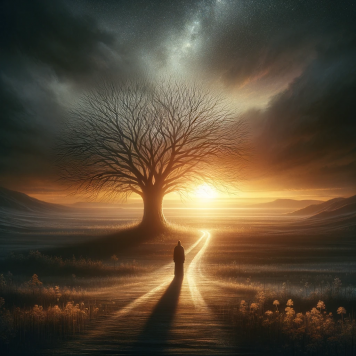The infusion of tradition and culture makes Buddhist funerals unique compared to other standard practices. At the core of the Buddhist faith lies a belief in samsara – the cycle of life. The belief is that these funeral rituals help those who’ve died progress to their future lives.
It’s important to note that Buddhist funeral traditions vary from one family to the next, depending on the traditions or “schools,” as well as the country of origin. There are many Buddhist denominations around the world. Some Buddhist funeral customs are more traditional, while others incorporate a combination of modern practices.
At Farewelling, we honor each family's unique preferences and needs, and we want to be clear that this article is a general overview to help you know what to expect. When specific questions about Buddhist funeral traditions come up, the talk to the family in mourning or consult with a spiritual advisor of your choice.
What is a Buddhist Funeral?
The basis of a Buddhist funeral focuses on peace and serenity. Even though rites may vary, generally, the family plans a funeral service and an altar to honor their loved one. Typically, families hold a simple ceremony.
These services are often overseen by monks, with prayers and meditation to match the traditional activities. Cremation often occurs after the Buddhist funeral service is over.
Since there are no formal guidelines for Buddhist funeral services, some families choose to blend Buddhist rituals with Christian traditions.
Buddhist Death Rituals
Buddhist funerals include specific rituals and ceremonies to support the reincarnation journey of a loved one. Common practices and traditions include:
- Environment for Peaceful Dying: When a person is dying, the family does their best to create a peaceful and calm environment. It’s common to have family and close friends present during the passing.
- Reflecting on the Person’s Life: Loved ones may reflect on the good deeds the person accomplished in their lifetime.
- Performing Good Deeds: Family and friends can also perform good deeds on behalf of the individual, offering merit to the loved one.
- After Death: When a death occurs, Buddhist tradition is to let the body rest for four hours. During this time, no one moves, touches, or disturbs the person. Buddhists believe that it takes time for the soul to leave the body.
- Organ Donation: Many Buddhists choose to be organ donors because they see this final act as a good deed which is in line with their principles of dying.
Buddhist Funeral Traditions and Customs
Following these Buddhist funeral traditions not only supports the transition of a loved one, but the practices can also be of help and comfort to the mourning family.
- Buddhist Cremation: Because of the Buddhist belief in reincarnation, Buddhist burial practices focus on cremation – the preferred choice for laying a loved one to rest.
- Procession: After the ceremony, if there is a casket, it may be sealed before it is transferred to the crematorium.
- Funeral Location: Traditionally, many Buddhist funerals happen in the family home, or in a religious space, but there are many variations in modern practice. Families determine the location based on the number of attendees and their preferences for ceremonies.
- Leading the Ceremony: A monk or a group of monks will generally lead each funeral ceremony, offering a variety of sutras (Buddhist funeral prayers), chants, and reading sermons.
- Altar Layout: Buddhist funerals feature an altar with photos or statues of Buddha and offerings, as well as photos and objects that honor the person who has died. There may be flowers and food.
- Bells and Gongs: Often there will be a ringing of bells or gongs as a part of the funeral rituals.
- Length of Funeral: Most Buddhist funeral services last between 45 – 75 minutes, depending on the wishes and particular traditions of the family.
Buddhist Mourning Period
When the funeral is over, the family may choose to host a reception where family and friends continue paying their respects.
While many other religious traditions hold a single event after the passing of a loved one, it’s common for Buddhists to have multiple services throughout the mourning period.
Specific days are significant in the Buddhist mourning journey, with activities or rituals happening on the 3rd, 7th, 49th, and 100th day following the person’s death. Odd numbers offer a sense of “becoming,” which is why families might hold the funeral 3 or 7 days after death or continue funeral activities for 3, 5, or 7 days.
One notable occurrence is 49 days after death in Buddhism. The total mourning time often lasts for 49 days, with Buddhist prayer for the dead conducted every 7 days, for a period of 7 weeks. The prayers help to facilitate the deceased as they journey into the afterlife.
In Buddhism, the belief is that rebirth happens 49 days after a person passes away, although this exact length of time varies between Buddhist traditions. For example, some groups believe that the person’s karma determines how soon the reincarnation will happen, which affects the mourning period after the funeral.
Families in mourning will continue to avoid celebratory activities for 100 days after the passing of a loved one. On the 100th day, they have a celebration to honor the successful passing of the individual into their new life that lies ahead. During this ceremony, the family can choose to include prayers and offerings on behalf of their loved one, and later they may enjoy foods that were loved by the person who died.
Buddhist Funeral Etiquette
Since there are varying practices between Buddhist groups, the family will often communicate the expected etiquette for those who will attend. You should always feel free to ask if you’re not sure. Traditional Buddhist funerals might include some of the following:
- Arrival: When mourners arrive at the service, they may proceed quietly to the altar to pay their respects. Traditionally, hands may be pressed together at the chest or folded in prayer, with a slight bow to honor the loved one, but you can also ask when you arrive what is appropriate.
- Offerings: When mourners attend Buddhist funeral services, they sometimes bring offerings to lay at the casket, such as fruit, candles, and flowers. But these are not expected, so do not worry if you’re not sure. Just show up and you’ll be fine.
- Chanting: Funeral attendees are always welcome to participate in the chanting. If you aren’t familiar with the chants, don’t worry at all. It’s perfectly fine (and very lovely) to remain silent and observe the ceremonies.
- Cues: Monks leading the funeral service will usually offer cues about when to sit and stand during the services, so you won’t feel out of sync.
- Clothing: The family wears white clothing or white cloth to cover themselves. Are you wondering what to wear to a Buddhist funeral? Mourners should wear simple, dark, or black clothing. Avoid flashy or expensive clothing and jewelry and opt for basics instead.
There are many differing beliefs, practices, and rites for Buddhist funeral services, but what’s most important to know is that you’ll be very welcome. Don’t worry if you’re not sure what to do. Feel free to ask someone in advance if you want to make sure to wear the right thing or arrive at exactly the right time, or to know how condolences can best be expressed. Your presence will be much appreciated by the family--they’ll be honored that you’re there. And you’ll experience a beautiful tribute filled with meaningful rituals and moments.


-banner.png)





